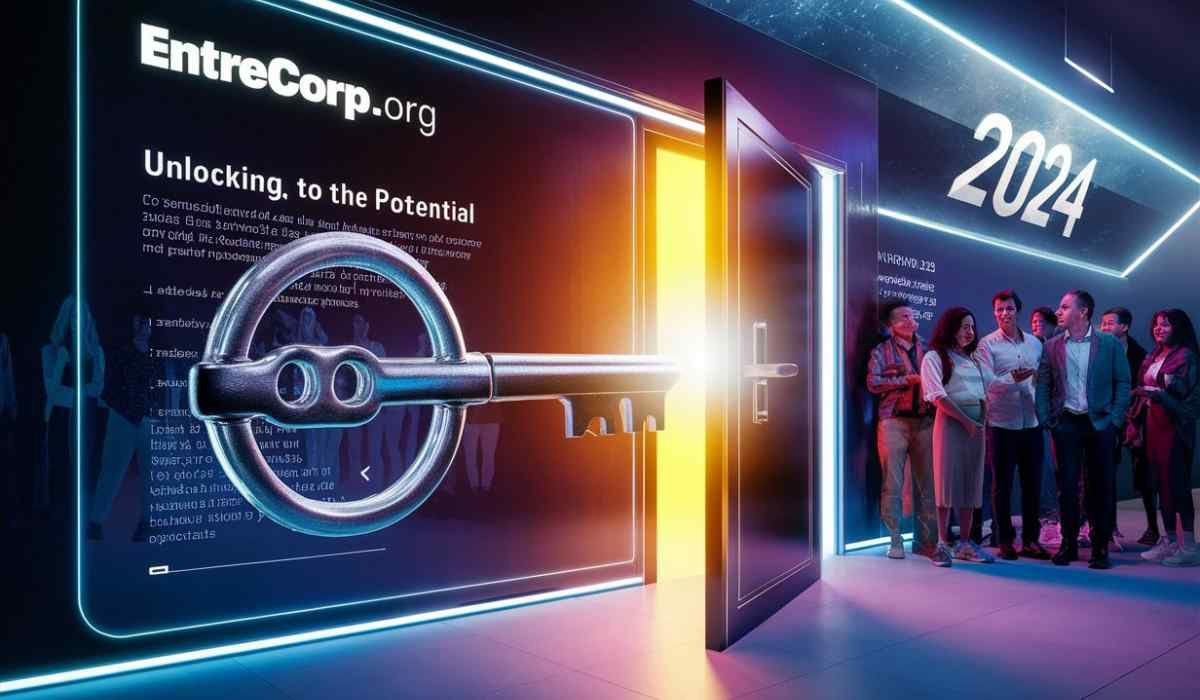Many people have back pain or weakness. This pain can stop them from doing simple things. It feels scary and hard to find help. But if you read our guide, you will learn how to fix these problems fast.
Neurosurgeons treat common spine problems like herniated discs, spinal stenosis, and broken bones in the spine. They use smart ways to stop pain and help you move better. Knowing these problems helps you get the right care quickly.
Common Spine Conditions Treated by Neurosurgeons
If you are looking for a Boise spine surgeon, it’s important to understand the common spine conditions that neurosurgeons treat. These conditions cause pain, weakness, and limit daily activities. Knowing about them helps you get the right care and faster recovery.
1. Spinal Stenosis
Spinal stenosis happens when the space inside the spine gets too small. This squeezes the nerves and causes pain. People may feel pain in their legs or have trouble walking. Neurosurgeons treat this by opening the spine space with surgery or other treatments. This helps reduce pain and improve movement.
2. Herniated Disc
A herniated disc occurs when the soft cushion between spine bones pushes out. It can press on nerves and cause pain, numbness, or weakness. Neurosurgeons can fix this problem with surgery or therapy. Treatment helps ease pain and helps you move better.
3. Degenerative Disc Disease
This condition means the discs between the spine bones wear out over time. It can cause back pain and stiffness. Neurosurgeons help by offering treatments that reduce pain and support healing. Sometimes surgery is needed if pain is severe.
4. Spondylolisthesis
Spondylolisthesis happens when a spine bone slips forward over another. This can cause pain, nerve problems, and weakness. Neurosurgeons treat this by stabilizing the spine. Surgery may be needed to stop the slipping and ease pain.
5. Spinal Fractures
Spinal fractures are breaks or cracks in spine bones caused by injury or weakness. They cause pain and can limit movement. Neurosurgeons fix fractures to protect nerves and help healing. Treatment can include surgery or braces.
6. Spinal Tumors
Spinal tumors are abnormal growths near or on the spine. They can press on nerves and cause pain or weakness. Neurosurgeons remove tumors carefully to protect the spine and nerves. Early treatment helps prevent damage.
7. Sciatica
Sciatica happens when the sciatic nerve is pinched, often by a herniated disc or bone spur. It causes sharp pain down the leg. Neurosurgeons help by treating the cause, which eases pain and improves movement.
8. Cauda Equina Syndrome
This is a serious condition where nerves at the bottom of the spine get compressed. It causes weakness, numbness, and loss of bladder or bowel control. Neurosurgeons act quickly with surgery to prevent permanent damage.
9. Kyphosis
Kyphosis is a forward curve in the upper back. It can cause pain, stiffness, and a hunched posture. When severe, it puts pressure on nerves. Neurosurgeons correct it with bracing or surgery to improve shape and comfort.
10. Lordosis
Lordosis is an inward curve of the lower back. Too much curve causes back pain and poor balance. A neurosurgeon checks the cause and offers treatments like therapy or, in serious cases, surgery.
11. Myelopathy
Myelopathy is spinal cord damage caused by pressure. People may feel numb, weak, or clumsy. It often affects the hands and feet. Neurosurgeons treat it by relieving pressure on the cord, helping to stop the damage.
12. Radiculopathy
Radiculopathy means a pinched nerve in the spine. It causes pain, tingling, or weakness in arms or legs. Neurosurgeons remove pressure on the nerve using non-surgical or surgical options.
13. Osteoarthritis of the Spine
Osteoarthritis makes the joints in the spine wear out. It leads to stiffness, pain, and swelling. A neurosurgeon can treat this with injections, therapy, or surgery to reduce pain and help movement.
14. Spinal Deformities
These include scoliosis, kyphosis, or spine twists. They affect how the spine looks and feels. Neurosurgeons fix deformities to stop pain, improve posture, and protect nerves.
15. Spinal Infections
Spinal infections cause swelling, fever, and severe pain. They can damage bones or nerves. Neurosurgeons remove infected tissue and clean the area to stop the spread and support healing.
When to See a Neurosurgeon
Back pain that won’t go away, weakness in your arms or legs, or trouble walking are signs you should not ignore. Some people wait too long, hoping the pain will stop. This delay can make things worse.
You should see a neurosurgeon when pain is strong, keeps coming back, or affects your daily life. If simple treatments like rest or medicine don’t help, or if you feel numbness or muscle weakness, it’s time for expert care.
A neurosurgeon can find the real cause and give you the right treatment. Early help means faster recovery and fewer problems later.
Final Thoughts
Spine problems can make simple tasks feel hard. But many of these conditions can be treated well if found early. A skilled neurosurgeon understands each issue and gives care that fits your needs. Right care at the right time can reduce pain, protect your nerves, and improve how you live every day.
















